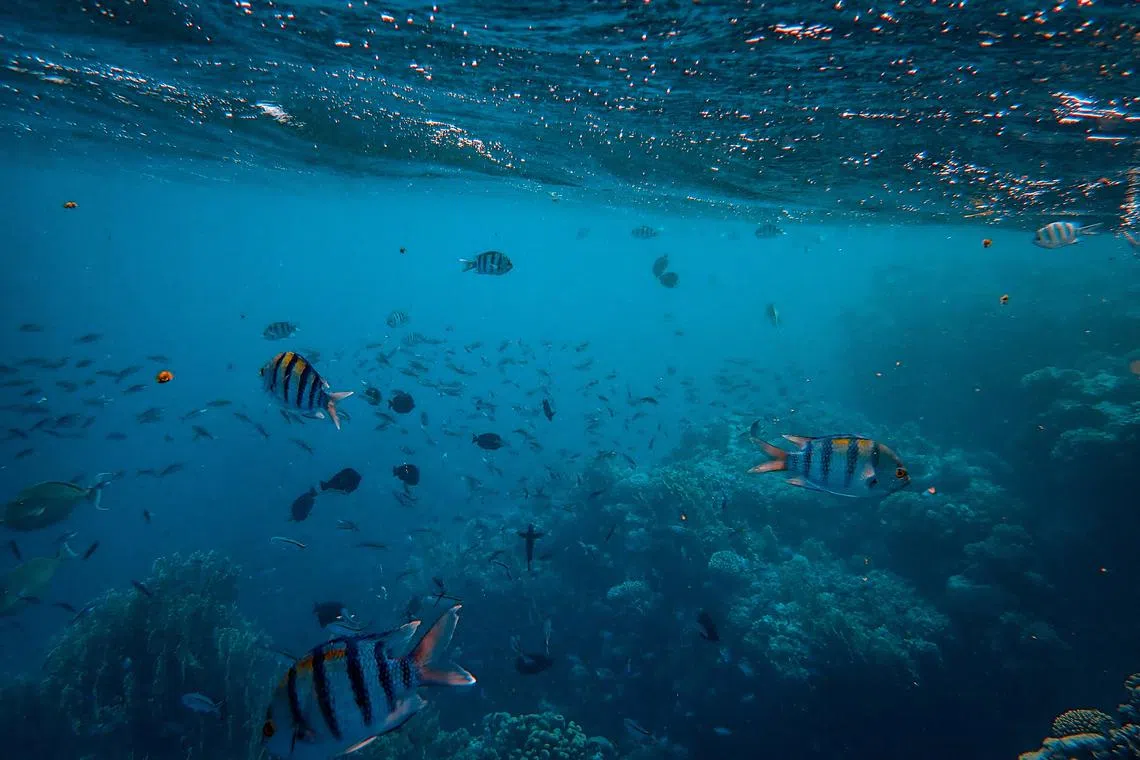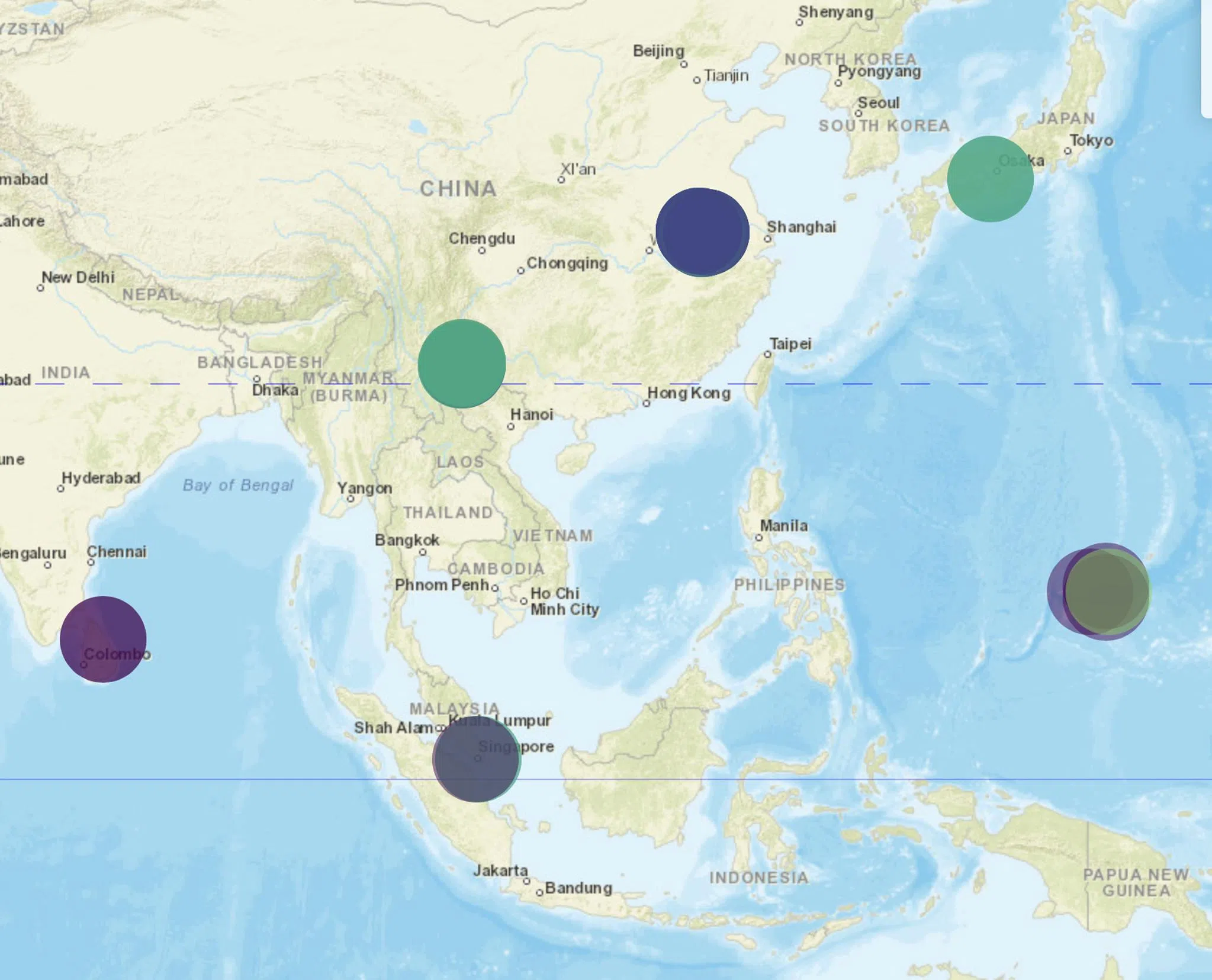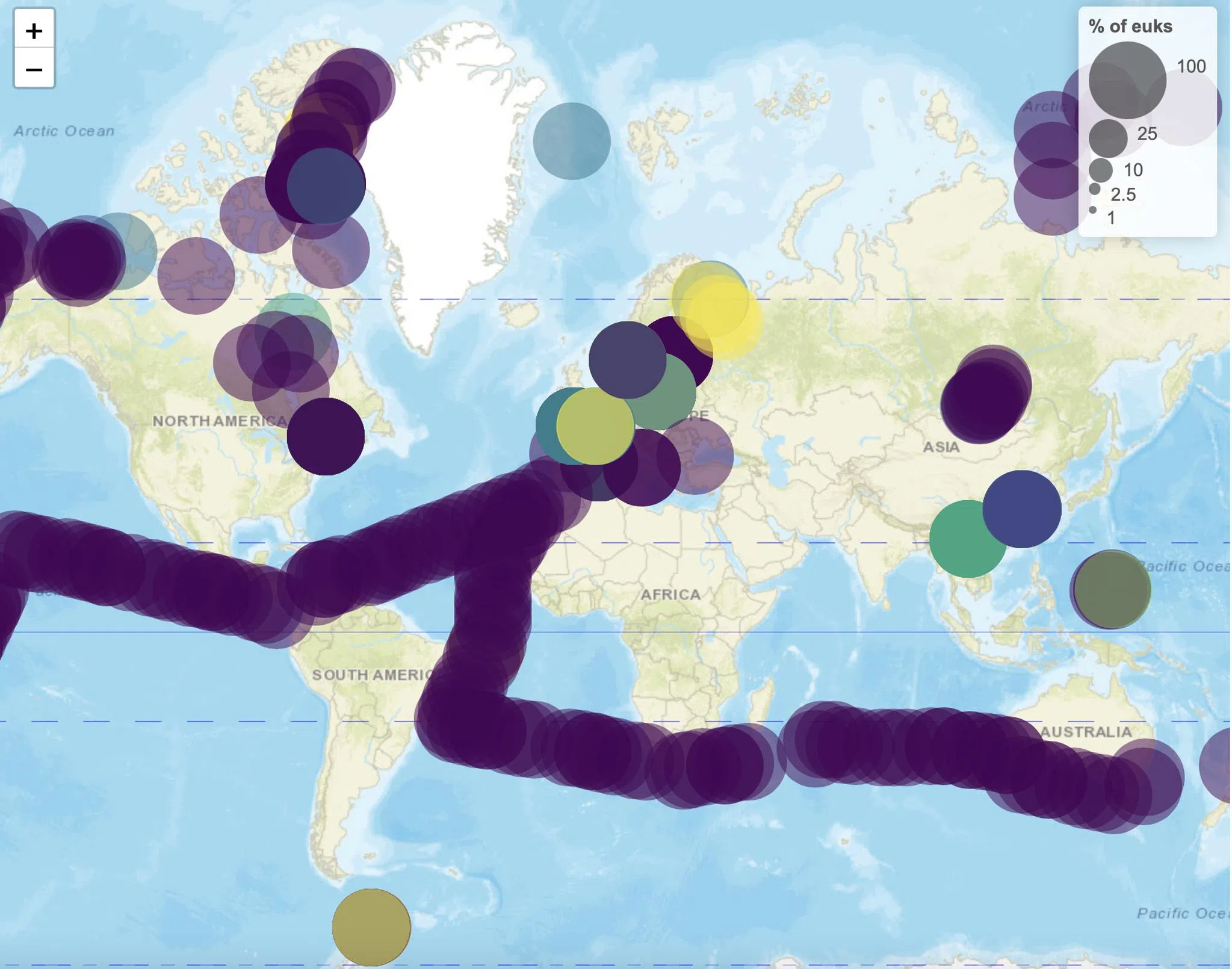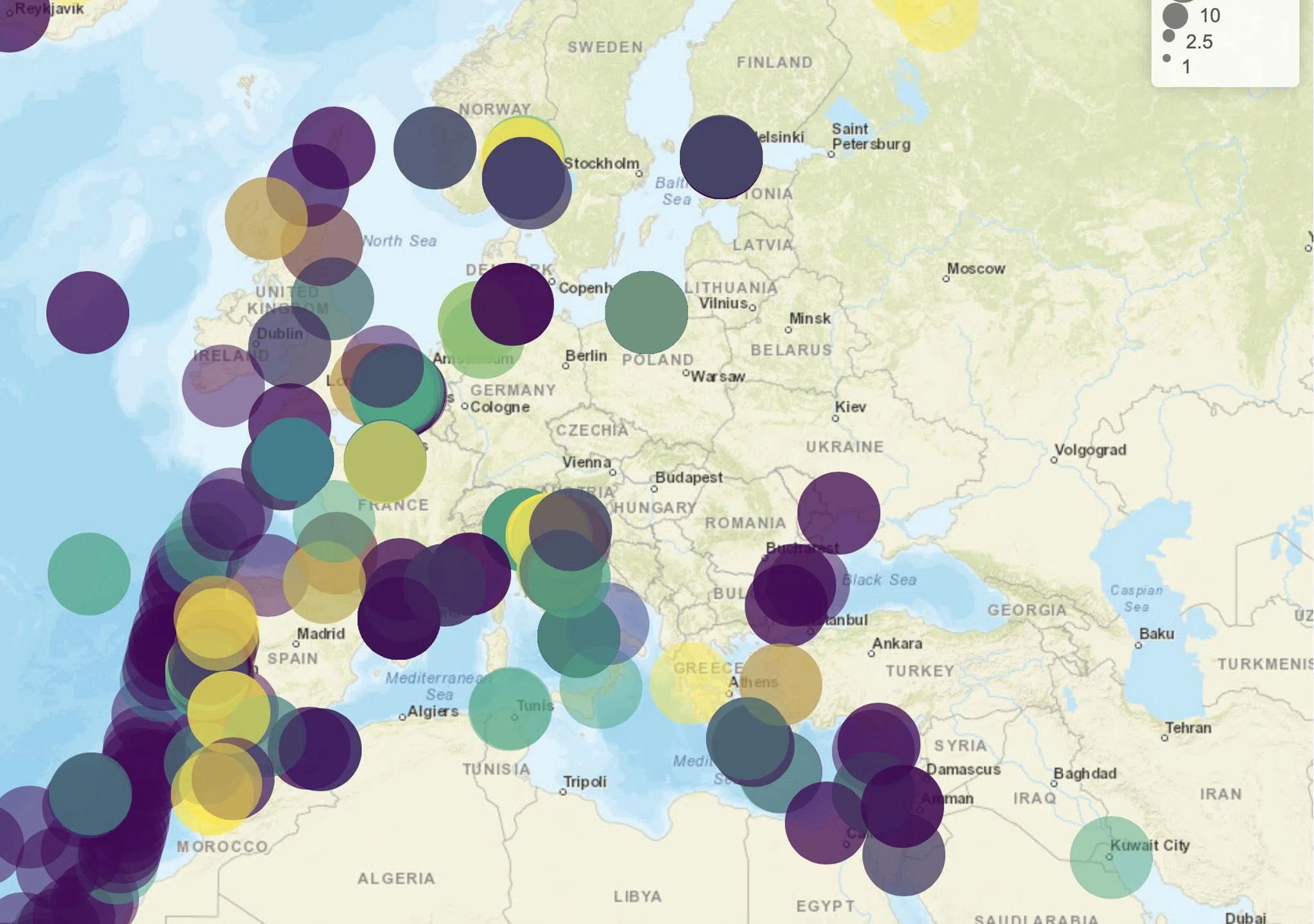A Plankton World Map: NTU helps shed light on unseen marine life worldwide
Sign up now: Get ST's newsletters delivered to your inbox

More than 98 per cent of marine biomass comprises plankton and other microbial organisms invisible to the naked eye.
PHOTO ILLUSTRATION: PEXELS
Follow topic:
SINGAPORE – When we think of the ocean, it is often images of massive sperm whales and large shoals of fish swimming in the glittering blue that spring to mind.
But it is microscopic life that dominates ocean waters, with more than 98 per cent of marine biomass comprising plankton and other microbial organisms invisible to the naked eye.
Scientists from Singapore’s Nanyang Technological University (NTU), the French National Centre for Scientific Research (CNRS) and Uppsala University in Sweden now hope to bring this unseen life to light.
The team came together to build, curate and publish a global database of thousands of samples of these organisms from across the world.
Called metaPR2, the database was published in the Molecular Ecology Resources journal in 2022.
It consolidates microbial data not only from the open ocean, but also from freshwater lakes, coasts and rivers.
The scientists also created a Web application that identifies where different plankton communities exist on an interactive map.
It can be accessed for free by anyone interested in visualising and analysing this data at www.shiny.metapr2.org
Assistant Professor Adriana Lopes dos Santos from NTU’s Asian School of the Environment, co-lead of the project, said: “Many people know protists or microbial eukaryotes by common names.”
Eukaryotes are living organisms whose cells contain a nucleus, and are not bacteria or archaea. Archaea and bacteria are two kinds of prokaryotes – single-celled organisms without a nucleus.
Some examples of protists include amoebas, the algae that are fed to fish in aquaculture farms, and even the micro-organisms that turn the waters of Singapore a bioluminescent blue.
“All animals – from humans to insects – only represent a single branch in the eukaryotic tree of life… (Eukaryotes) contain an astonishing high number of species and the majority of this domain of life are represented by protists,” said Prof Lopes dos Santos, who is the principal investigator of NTU’s Genomic and Ecology of Eukaryotes (Geek) laboratory.
But she added that research progress on protists is slow, so we know very little about them.
In the Web application that the team created, plankton communities are identified by colourful circles that speckle the world map like stickers.

Scientists have created a web application that identifies where different plankton communities exist on an interactive map.
PHOTO: METAPR2
Data on the map, which can be easily downloaded, can also be further filtered via a menu bar on the left to identify specific planktonic communities.
Dr Daniel Vaulot, emeritus senior scientist at CNRS, said the tool could help promote research on plankton communities globally.
Dr Vaulot, also co-lead of the project, added: “Researchers can now use this resource to look at the global distribution and study the ecology of specific plankton with confidence. Protists play key ecological roles and are involved in primary productivity, nutrient cycling and carbon sequestration.”
He said that while protists have historically been more difficult to study due to their small size, the explosion of metabarcoding studies over the past 10 years has greatly expanded our knowledge of these organisms.
Metabarcoding is a molecular technique used to identify species of organisms based on their DNA sequences.
Dr Vaulot said: “Certain genes are ‘universal’. They are shared by all individuals of a group but vary from one species to another... This sequence is used as a “barcode” that allows us to figure out to which species the analysed DNA belongs – whether it is an animal, a plant, a fungus or a protist.”
While such genetic sequencing to identify species used to be a time-consuming affair, advances in molecular techniques in the last decade have allowed researchers to analyse millions of “barcodes” within a given sample at one go.
With the help of undergraduate and graduate students from the Geek lab, the team has incorporated in metaPR2 metabarcoding data from 59 available studies, and aims to slowly add more, in particular data from understudied environments.
Charting all the plankton in the ocean remains a challenging enterprise.
Pointing to the purple lines that stretch across the interactive map like long scars, PhD candidate Clarence Sim from the Geek lab said the data points come from the Tara expedition, which accomplished the world’s first continuous sampling of marine plankton by sailing across the world.

Charting all the plankton in the ocean remains a challenging enterprise.
PHOTO: METAPR2
While that effort was impressive, Mr Sim said, other marine sampling efforts have been patchy, conducted by researchers in regions accessible to them, and subject to available funding.
While this has not hampered researchers in Europe, with the Mediterranean and the waters off Portugal’s coast having been substantially sampled, the same cannot be said for other regions of the world.
Mr Sim said: “The ocean is vast, and it is almost impossible to collect samples from every area... We are still missing such efforts across South-east Asia seas.”

The Mediterranean and the waters off Portugal’s coast have been substantially sampled.
PHOTO: METAPR2
Mr Sim said only two samples have been collected from the region, both of them from Singapore, with one taken off the east coast and the other from the Southern Islands.
He added that the team had no data points from around Africa and India, and not because plankton is non-existent in these areas.
He also noted that the bioluminescent dinoflagellate Noctiluca scintillans can often be found in the waters off the Maldives and Krabi in Thailand, but there is a lack of published metabarcoding research on the topic.
This is due to two reasons, said PhD candidate Denise Ong, who is part of the team at the Geek lab.
The first is the lack of access to and affordability of sequencing technology; the second is that global south microbial biodiversity studies are often rejected for being “too regional”.
This dissuades scientists from pursuing this line of research, she said.
However, Prof Lopes dos Santos said such data sets continue to be needed to monitor and predict global systems.
Mr Sim added: “Don’t underestimate the role of micro-organisms in the sea. You may not see them, but they control global systems. We need to keep monitoring, keep studying and keep discovering.”

